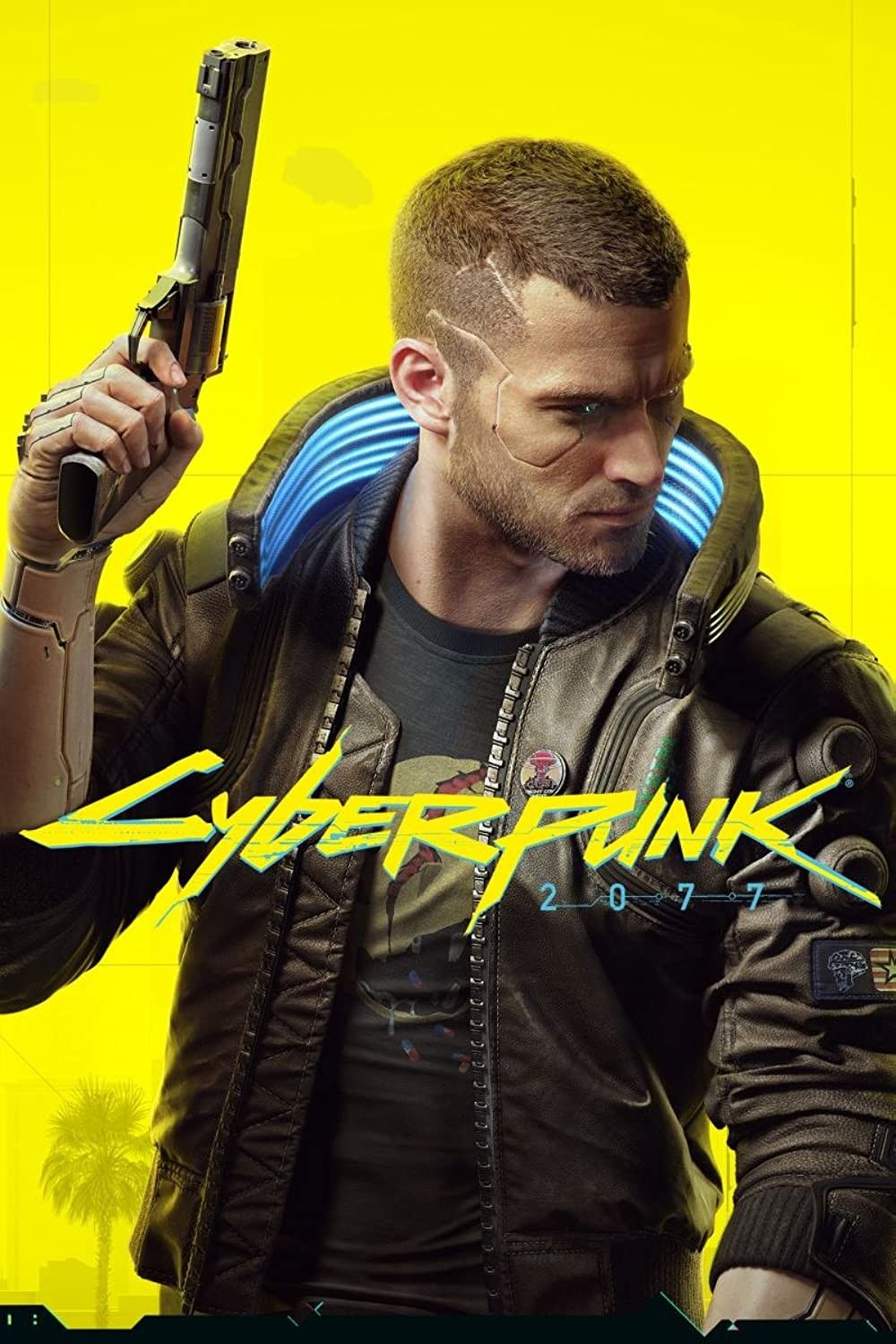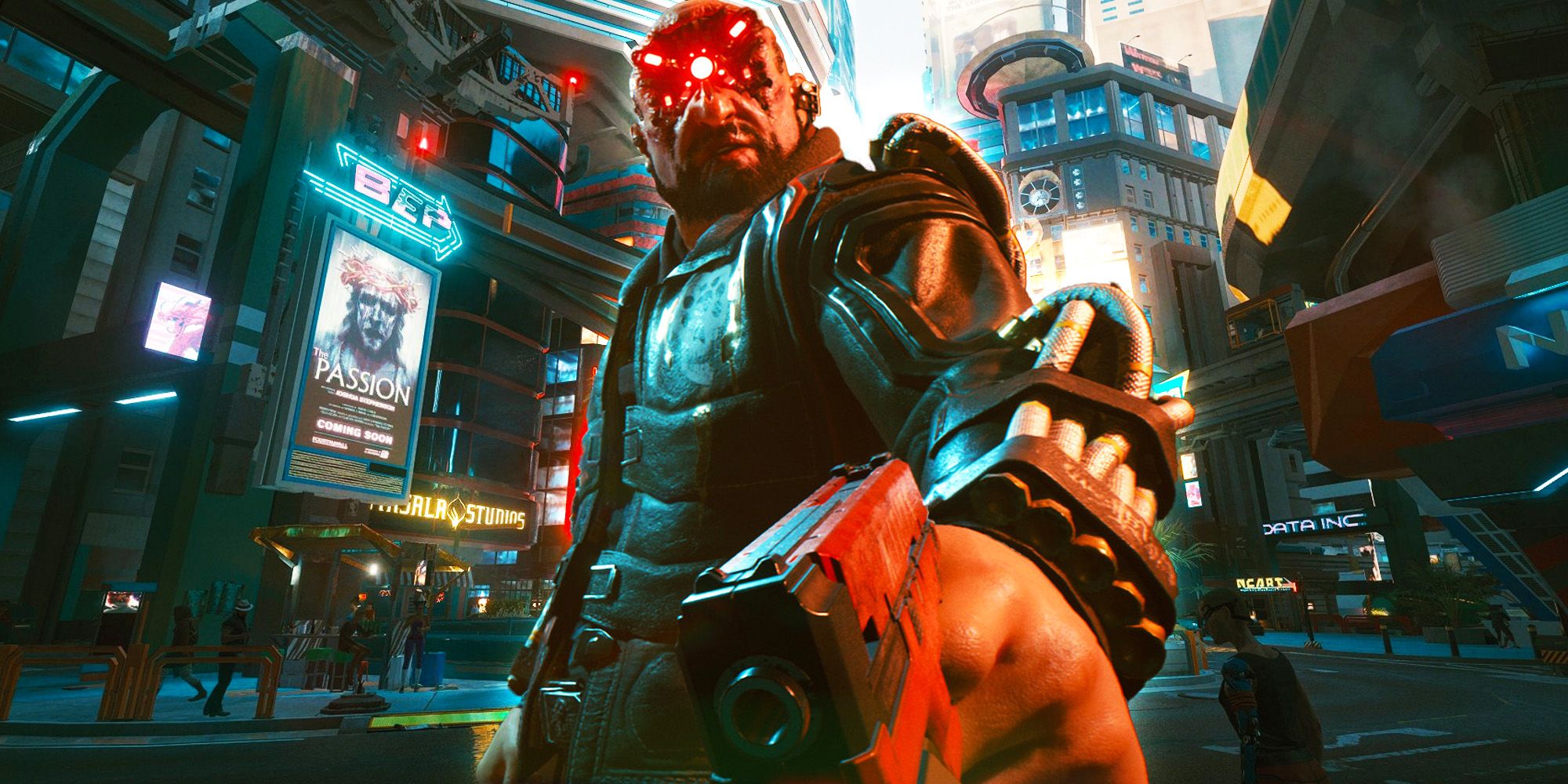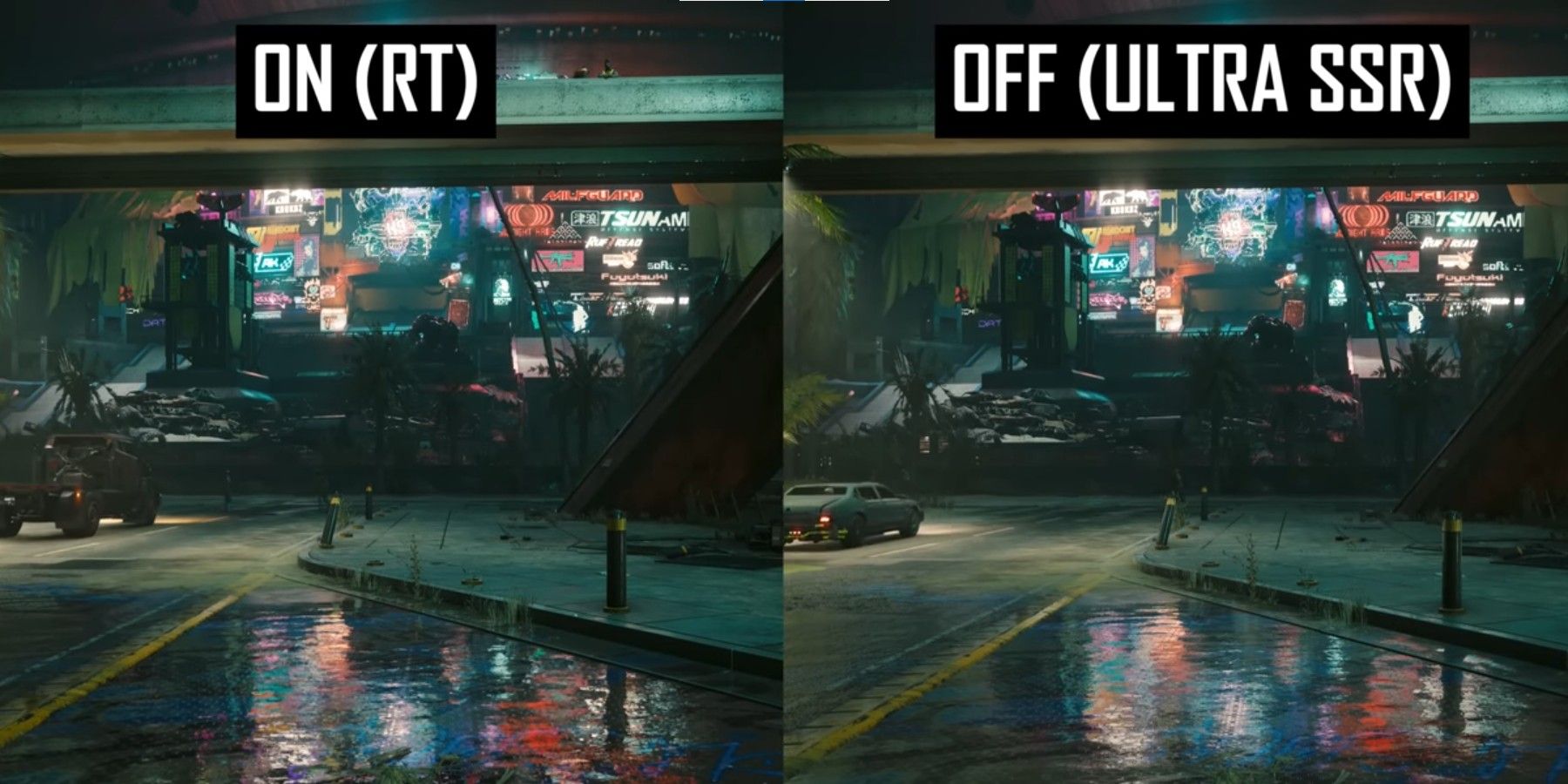Using the proper settings in Cyberpunk 2077 can help to improve the performance and enjoyment of the game. This is important to enjoy Phantom Liberty.
Players returning to Cyberpunk 2077, or those heading to Night City for the first time, will want to optimize their in-game settings. The first DLC, Phantom Liberty, has recently been released, alongside the free 2.0 update. This has brought a revamp to the Attribute and the Character Perk Skill Trees. Additionally, players can enjoy improved enemy A.I. in combat. Cyberpunk 2077 had a rough launch, but the game has continued to receive substantial updates. There are a plethora of helpful settings that can be adjusted to enjoy everything Night City has to offer.
The graphics in Cyberpunk 2077 are noticeably better than when the game first launched. Along with the improved A.I. and enemy density, this can be difficult to run on some outdated computers. Luckily, you do not need high-end hardware to play the game. The minimum requirements for Cyberpunk 2077 are as follows: an Intel Core 15-3570K or AMD FX-8310 CPU, 8 GB of RAM, and an NVIDIA GeForce GTX 780 or AMD Radeon RX 470 Video Card. Performance can be further improved by understanding and adjusting each setting that is offered.
Cyberpunk 2077: Phantom Liberty Settings
If you are simply looking for the best settings to have in Cyberpunk 2077: Phantom Liberty, look below:
Volumetric Cloud Quality
Medium
Max Dynamic Decals
High
Screen Space Reflections Quality
Medium
Subsurface Scattering Quality
High
Ambient Occlusion
Low
Color Precision
Medium
Mirror Quality
Medium
Level of Detail (LDD)
High
Ray Tracing
Medium
DLSS
Quality
Detailed Break-Down Of Cyberpunk 2077 Settings
Setting
Reasoning
Texture Quality
High
Most players will want to keep this on High as there is a fairly noticeable difference when dropped to medium.
Motion Blur
High
High and Low both change the intensity of Motion Blur on the camera and objects. This does not affect the Frame Rate much and is safe to leave on High.
Contact Shadows
On
Contact Shadows allows objects to cast shadows on themselves or nearby objects. Turning this off may improve performance.
Improved Facial Lighting Geometry
On
Improves light on characters’ faces. However, hardly noticeable in most scenarios.
Anisotropy
16
Affects the clarity of textures when viewed at off angles. There is a notable difference when dropping to 4, but 16 and 8 are relatively the same.
Local Shadow Mesh Quality
Medium
Affects the quality of geometric details in shadows. However, this is hardly noticeable.
Local Shadow Quality
High
Affects the quality of shadows cast by artificial light sources indoors.
Cascaded Shadows Range
High
Affects how far into the distance you will see dynamic shadows cast from the sun.
Cascaded Shadows Resolution
High
Affects the clarity of shadows cast by the sun.
Distant Shadows Resolution
High
Same as the previous setting, but affects shadows farther away from the camera.
Volumetric Fog Resolution
Medium
This affects fog quality but has more of an impact on performance than some other settings. Keep this at medium.
Volumetric Cloud Quality
Medium
Affects the quality of clouds when looking at the sky. This is negligible to performance, but anything higher than medium is not necessary.
Screen Space Reflections
Medium
This affects the clarity of reflections. Medium offers a better performance than High, but most players will probably not notice a difference.
Subsurface Scattering Quality
High
This affects skin quality, but the differences in the settings are negligible.
Ambient Occlusion Quality
High
Provides self-shadowing for objects that are close together. A lower setting makes Night City look flatter due to fewer shadows.
Color Precision
Medium
Supposed to reduce banding when set to High, but not noticeable.
Mirror Quality
Medium
Affects mirror resolution.
Level of Detail
High
Affects the level of detail in the game. Not noticeable at all.
Crowd Density
High
Affects the number of NPCs in busy areas. Lower this for a decrease in the usage of GPU.
Ray Traced Reflections
On
Replace screen space reflections when the object in a reflection is not on-screen. Turning this off will improve performance.
Ray Traced Sun Shadows
Off
Supposed to improve the quality of shadows cast by the sun, but is not noticeable.
Ray Traced Local Shadows
On
Improves shadows cast by artificial light sources. Turning this off will improve performance.
Ray Traced Lighting
Off
Affects global illumination and ambient occlusion. Dramatically affects performance.
Path Tracing
Off
Improves the quality of the game, but at a steep cost to performance for anything but a high-end computer.
Hardware Unboxed on YouTube provides a visual guide on the difference between each setting in Cyberpunk 2077.
Source: Hardware Unboxed/YouTube

Franchise: Cyberpunk
Platform(s): PlayStation 4, Xbox One, PlayStation 5, Xbox Series X/S, Microsoft Windows
Released: 2020-12-10
Developer(s): CD Projekt Red
Publisher(s): CD Projekt
Genre(s): Action RPG, First-Person Shooter
Engine: REDengine 4
ESRB: M
Summary: Cyberpunk 2077 is an action RPG/FPS game set in the universe created by Mike Pondsmith in 1988. Players play as V, a customizable main character who is given an augment that slowly attempts to re-write his memories with those of a dead celebrity played by Keanu Reeves. The two need to work together to keep the protagonist alive. Players will immerse themselves into the neon-lit, crime-ridden environment of Night City as they complete tasks, augment themselves for improved mobility, and customize their weapons to face the foes that inhabit the open city. An expansion pack for the base game, Phantom Liberty, will be released sometime in 2023.
Platforms: PlayStation 5, PlayStation 4, Xbox One, Xbox Series X and Series S, Microsoft Windows, Google Stadia
Publishers: CD Projekt RED, CD Projekt
Expansion Packs : Phantom Liberty
Release Date : 10 December 2020
Mode: Single-player
Rating: 7/10 Steam; 9/10 IGN








